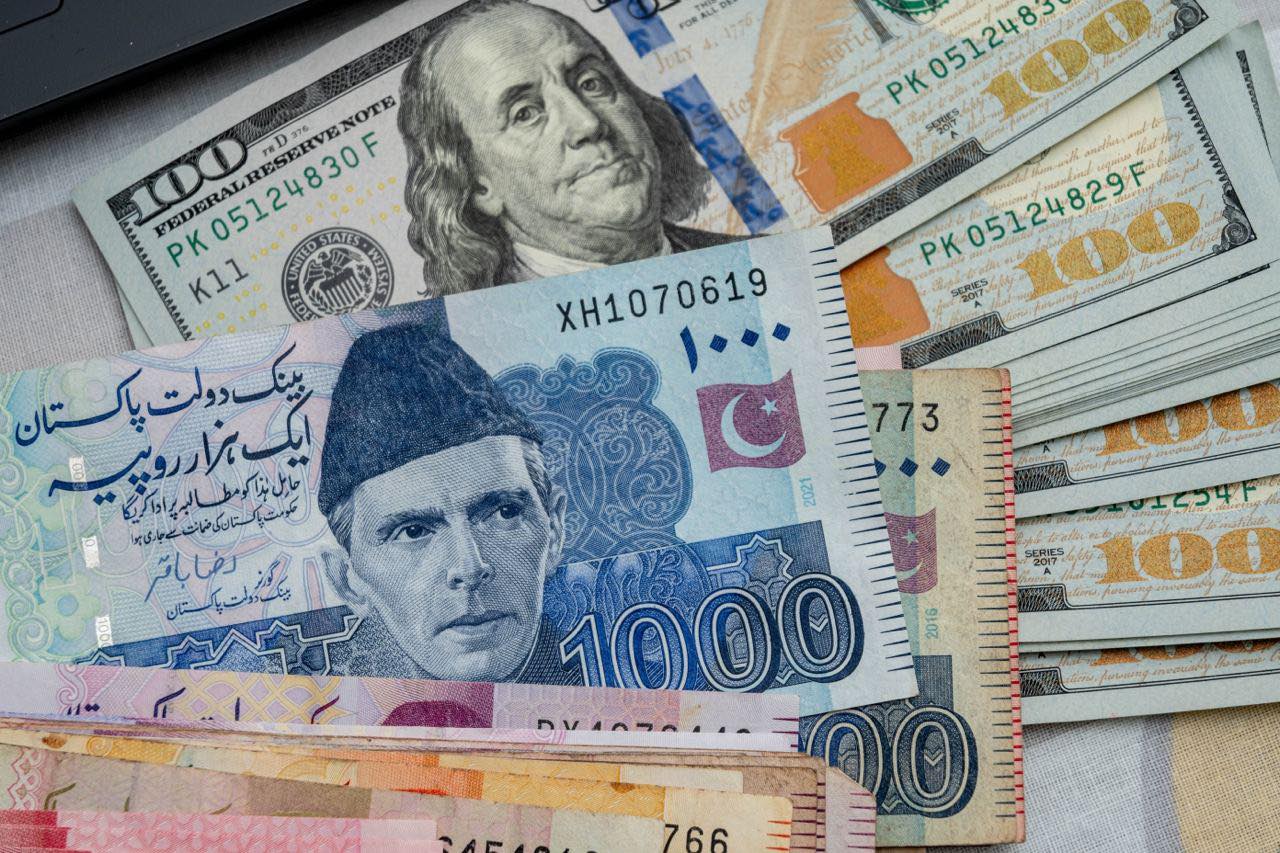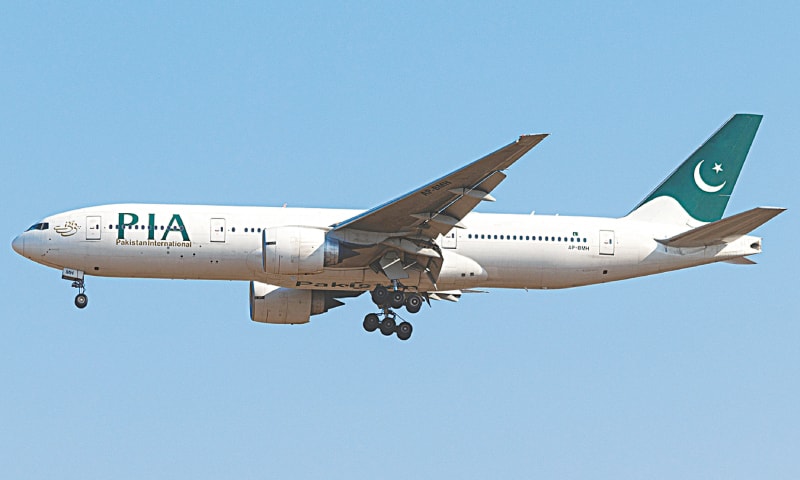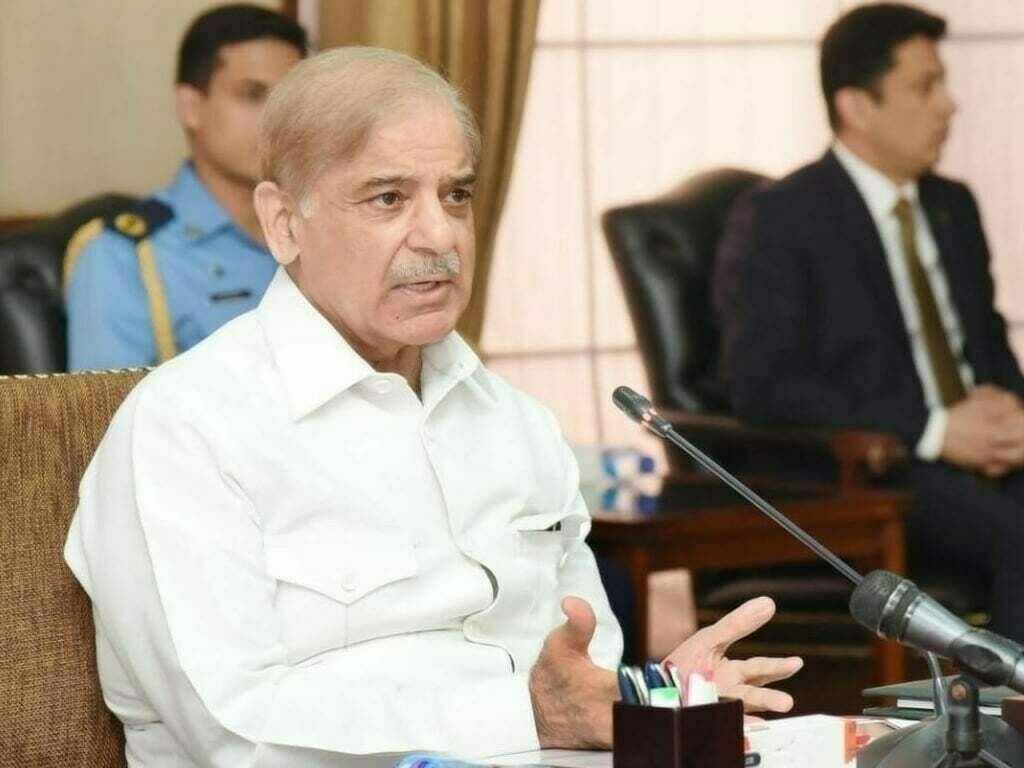PTBP Web Desk
Pakistan’s economic landscape is witnessing a significant shift as the Consumer Price Index (CPI) is expected to dip below 5% in November 2024, a figure not seen in over 6 years, according to a recent report by Topline Securities.
This development marks a notable decline from the 38% peak observed in May of the previous year. Inflation has been a relentless adversary for Pakistan’s economy, with recent years witnessing some of the highest rates in the nation’s history.
The CPI, which measures the average change over time in the prices paid by urban consumers for a market basket of consumer goods and services, has been a critical indicator of economic health or distress. After hitting an all-time high, inflation began to cool down, painting a picture of economic stabilization.
October’s inflation was recorded at 7.2% year-on-year, a slight increase from September’s 6.9% but still indicative of a decelerating trend.
CPI for November 2024 is anticipated to range between 4.5% to 5% YoY, with a month-on-month increase of 0.4%. This would reduce the 5-month average inflation rate for FY2025 to approximately 7.91%, significantly lower than the 28.62% seen in the same period of the previous fiscal year.
With inflation expectations set, real interest rates are expected to surge to between 1000-1050 basis points (bps), far exceeding the historical average of 200-300 bps. Such rates suggest a strong environment for saving rather than spending or investment, potentially impacting economic growth but also stabilizing currency and reducing the cost of imports.
The State Bank of Pakistan (SBP) has already responded to this trend by reducing the key interest rate by 250 bps in its last Monetary Policy Committee (MPC) meeting, bringing it down to 15%. This monetary easing, which began in June 2024, reflects confidence in managing inflation without stoking it further.
Analysts at Topline Securities predict that the interest rate might further adjust to around 11-12% by December 2025, aiming for a positive real rate environment based on a forecasted average inflation rate of 8.8% for FY26.
The SBP has revised its inflation forecast for FY25 to below the earlier projected 11.5-13.5%, suggesting a more optimistic economic outlook.
Lower inflation rates could boost consumer confidence, encourage spending, and stimulate economic activity, albeit cautiously due to high real interest rates.
For investors, the high real rates might mean a safer investment in fixed-income securities, but could deter businesses from taking loans for expansion due to high borrowing costs.
The government might find a balancing act in continuing to support growth while keeping inflation in check, possibly through fiscal measures or sector-specific incentives.




